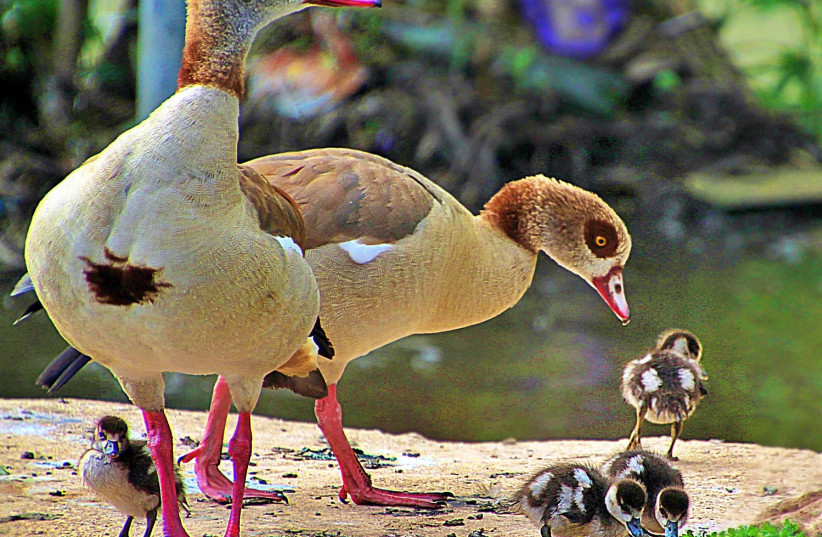Humans, much like in the popular song Spice Girls song 'wannabe', assess the beauty and desirability of a mate based on their friend's perceptions, and the same appears to be true for animals, according to a new study published on October 3.
The peer-reviewed study, published in the academic journal PLOS, found that female animals adopt expectations on attractiveness from what males their peers choose to mate with. However, they do not simply copy their friends, but aim to find rare trait preferences that would make the male more desirable.
Sexual selection can strongly impact a species evolution. For some animals, it has resulted in bigger antlers or brighter colours. However, why some females choose certain traits has remained a mystery to scientists – especially when those traits hinder a creature’s ability to survive.
Some past theories have suggested that females have selected mates based on genetic quality but no theory has completely successfully explained the phenomena.

How did the researchers discover the secret behind sexual preferences in female animals?
The researchers developed a mathematical model that showed how females learn which traits are attractive by learning from others. In the model, younger females observe the mating choices of older ones and learn to prefer certain traits.
Females learn to appreciate the rarest trait of a successful male, but this isn’t what the female was specifically choosing, Over generations of this selective breeding cycle, rare traits become increasingly common and then become less attractive.
While scientists have known for a long time that females can copy each other’s choice of mates, no one has previously considered that these copying females aren’t mind-readers. When we considered that females can make mistakes in identifying what traits others find attractive, we found this produces patterns that have long puzzled biologists, for example maintaining variety in male traits and female preferences over time,” said author Emily DuVal from Florida State University.
